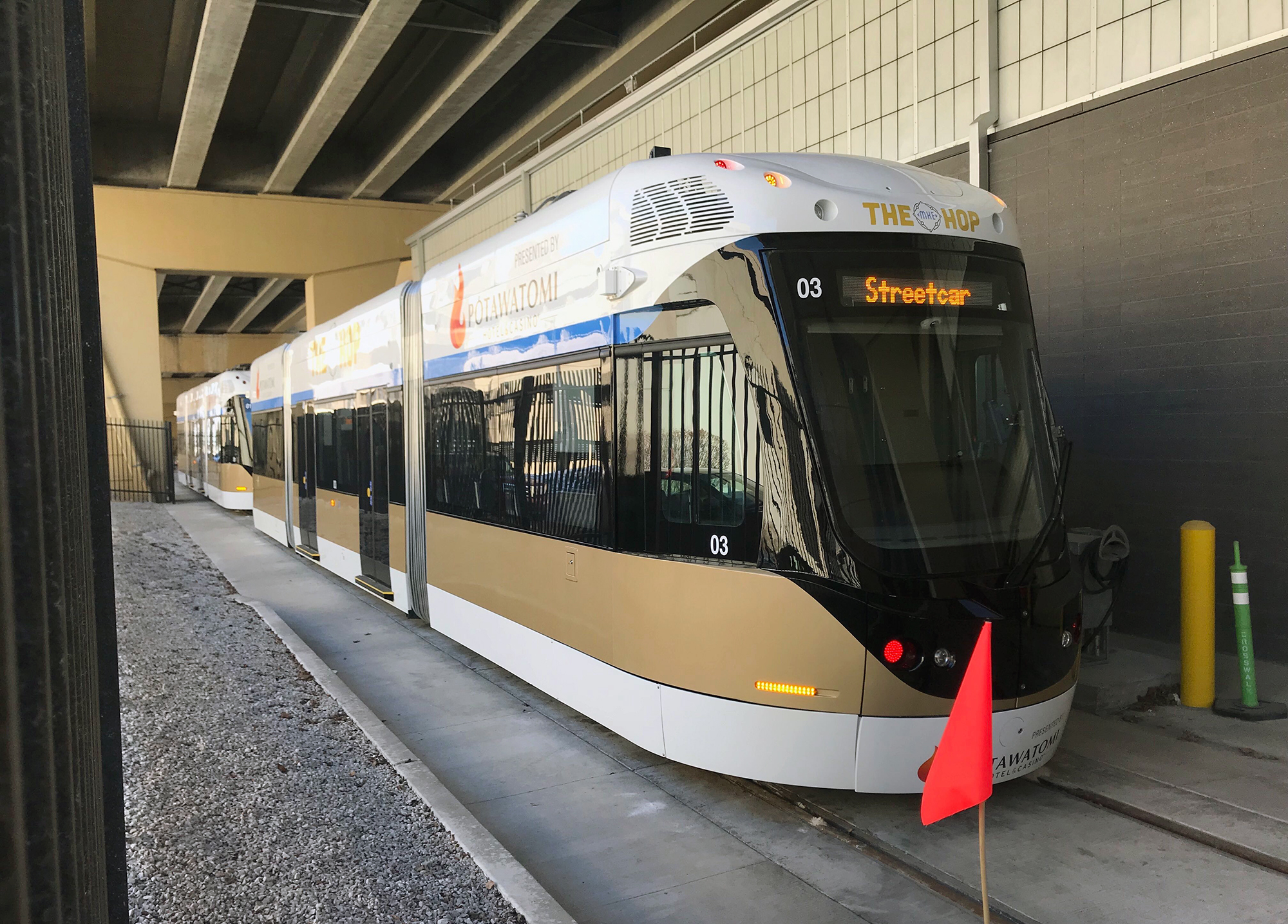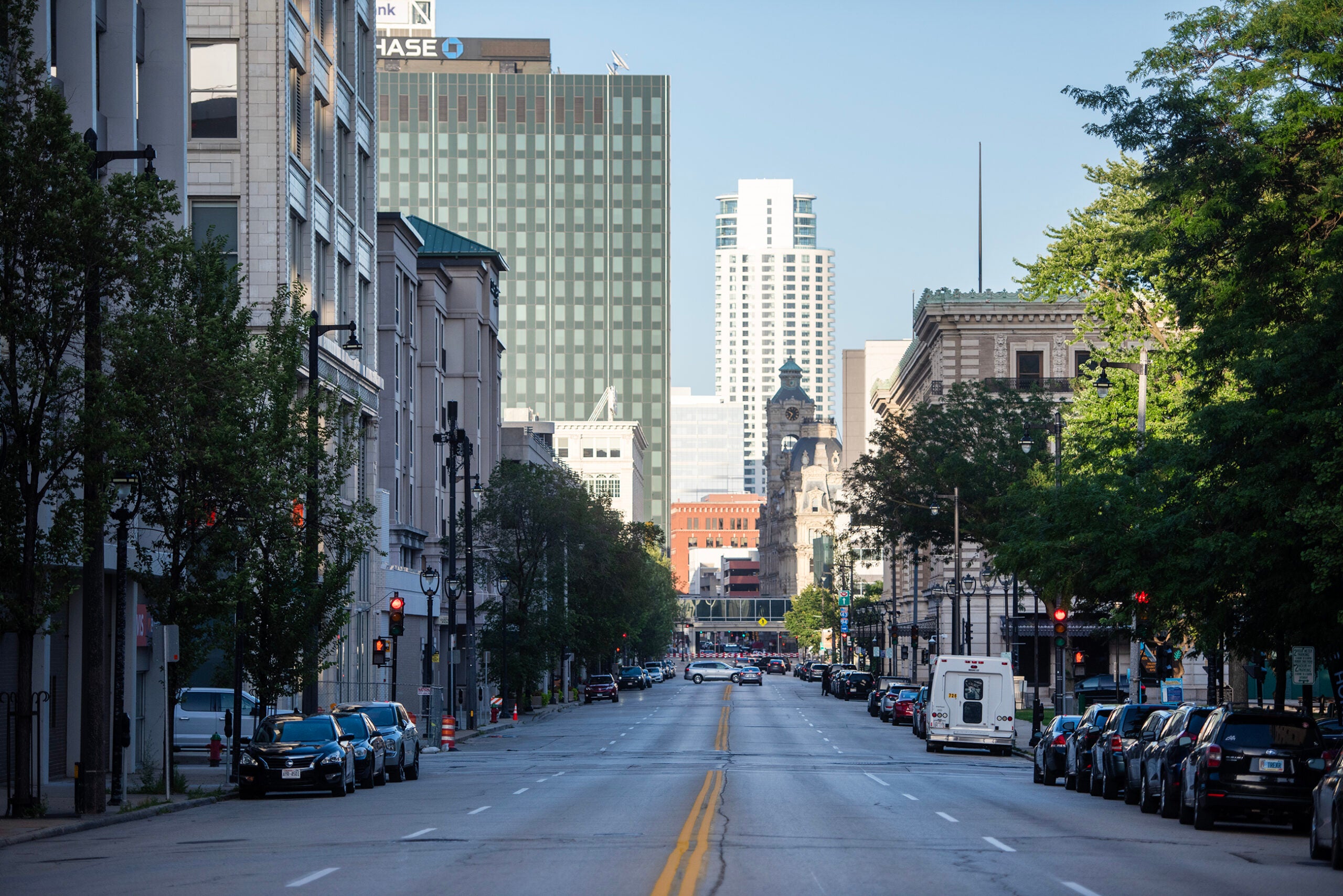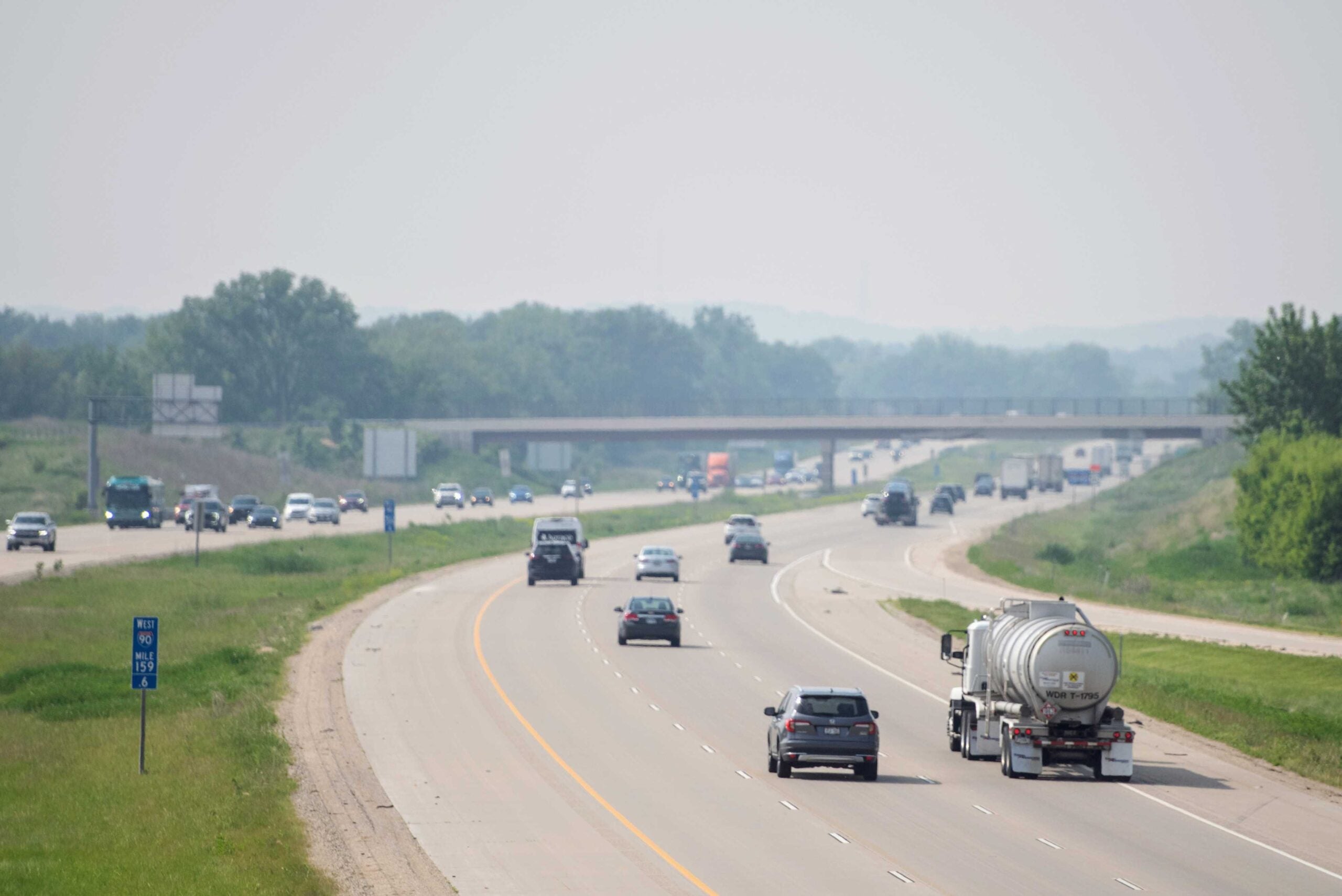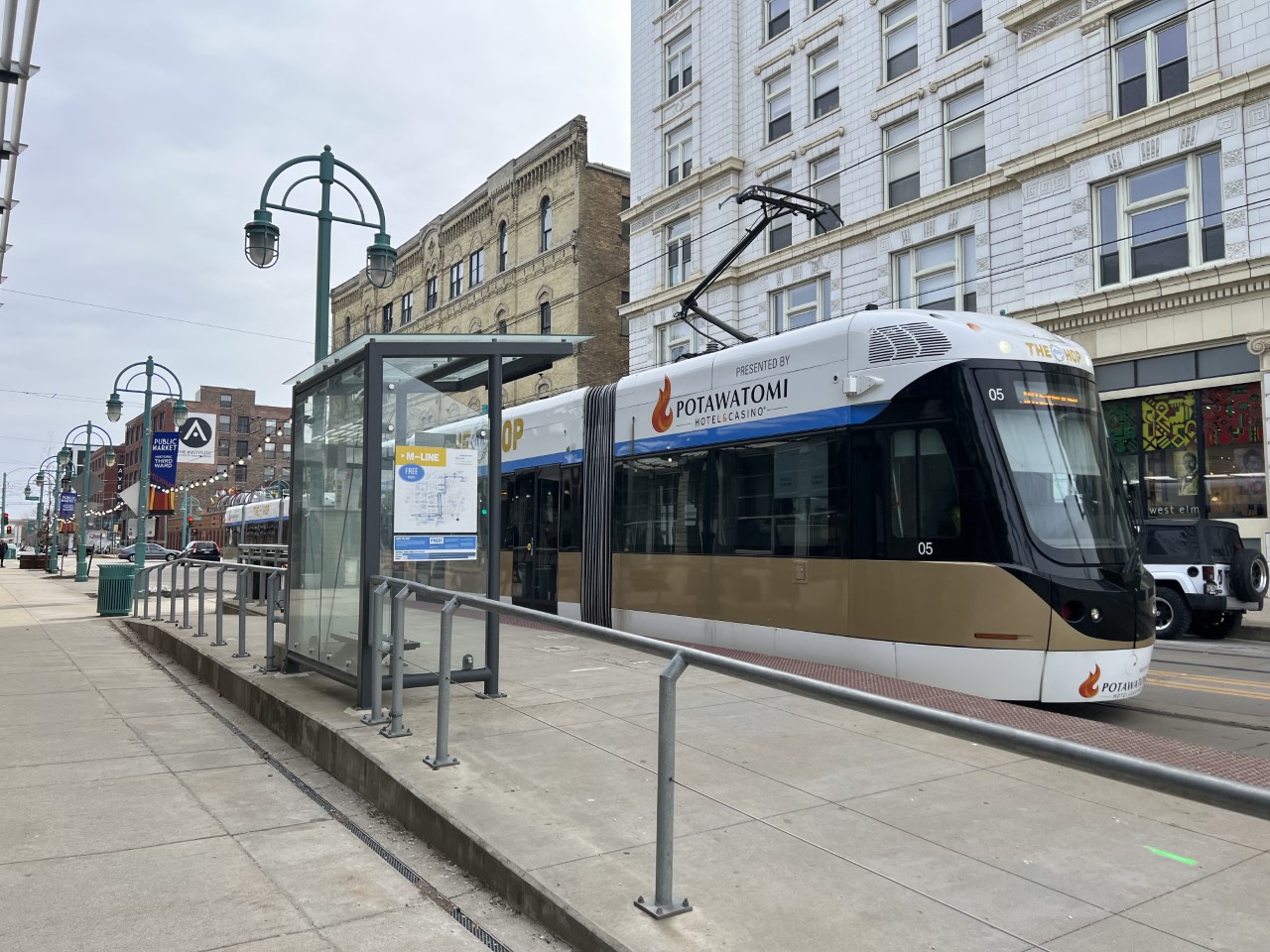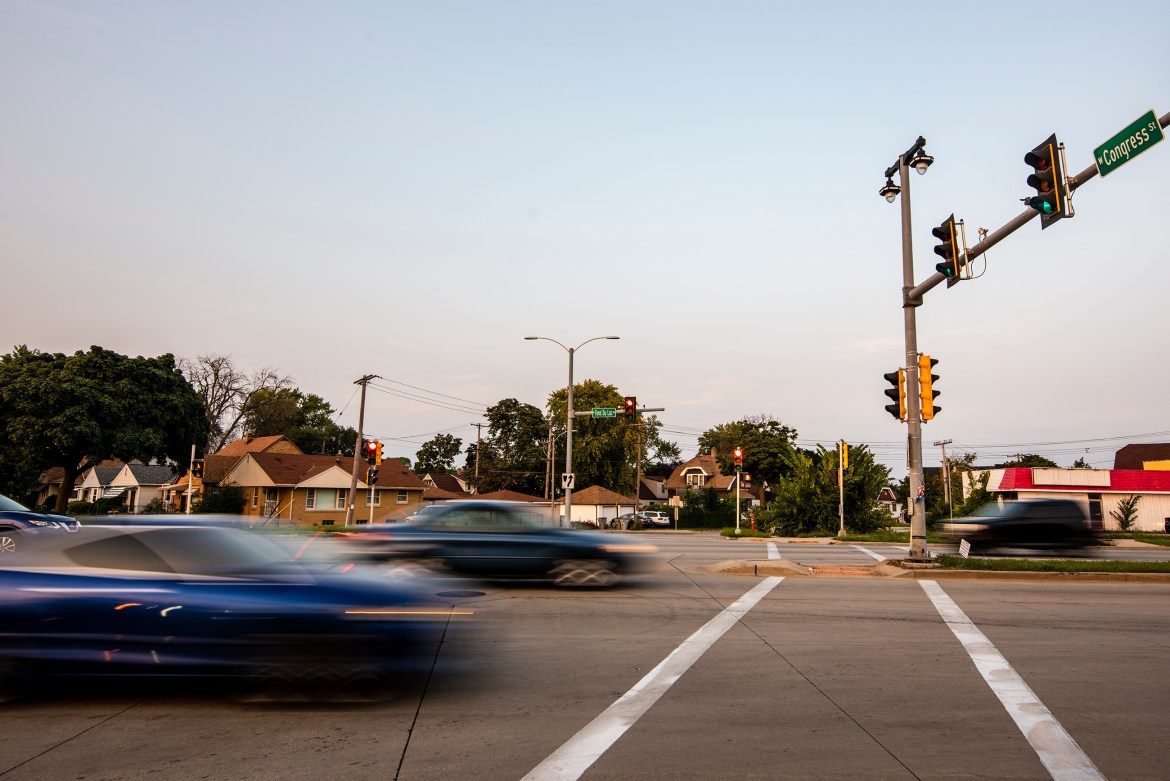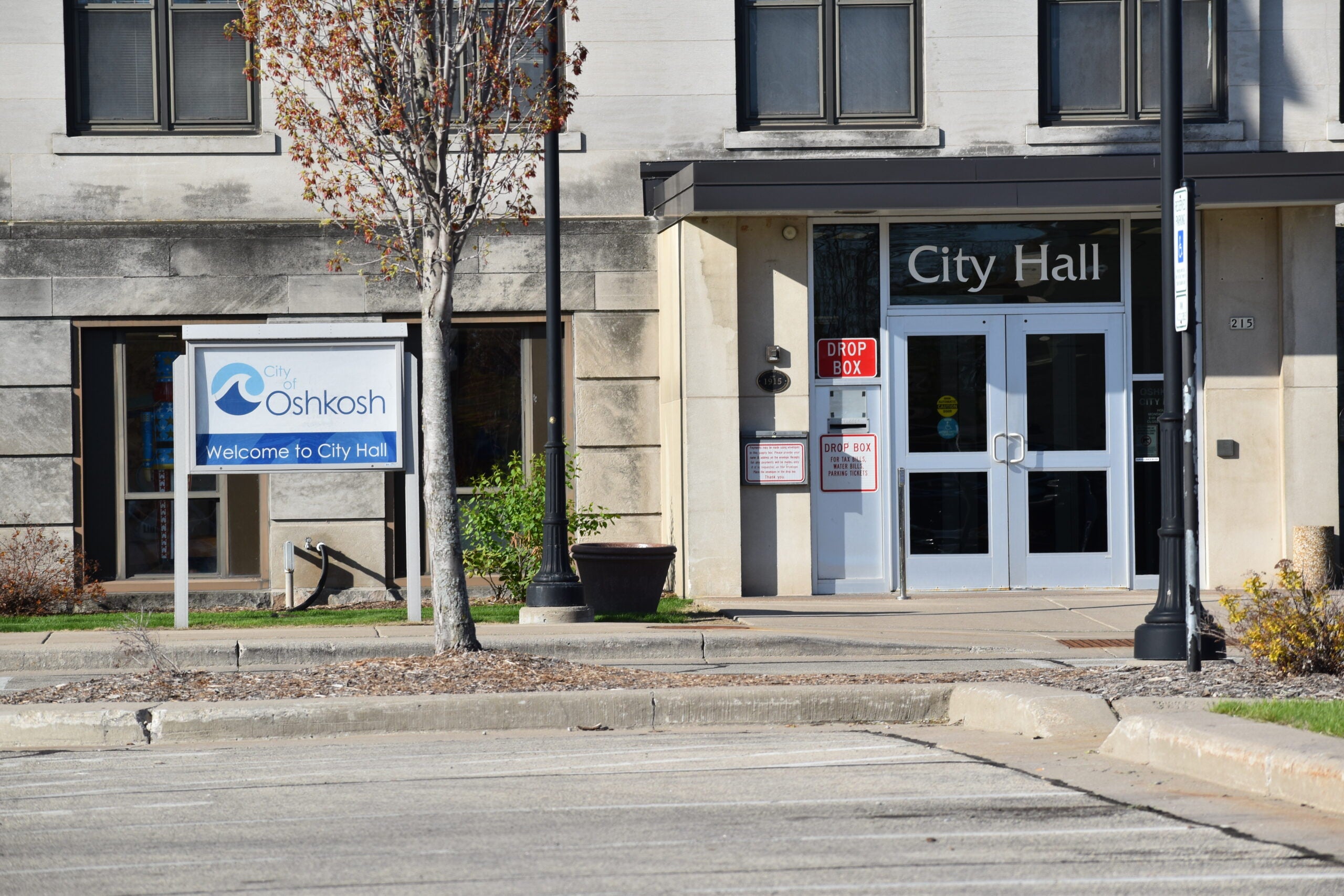Milwaukee’s reliance on tax increment financing (TIF) to fund its streetcar system is unusual compared with how other cities have funded their streetcars, according to a new report by the Wisconsin Policy Forum.
The report by the nonpartisan organization compared The Hop to nine peer cities that have developed streetcar systems in the last 20 years.
Of the 10 cities studied, Milwaukee is the only one to use TIF as its primary local revenue source for streetcar development, the study found.
News with a little more humanity
WPR’s “Wisconsin Today” newsletter keeps you connected to the state you love without feeling overwhelmed. No paywall. No agenda. No corporate filter.
The city used $59 million in TIF funding to construct the first phase of the $124 million Hop and is proposing to use another $51.8 million for extensions.
The remaining part of the project was paid for using federal grants.
Jeff Fleming, spokesman for the Milwaukee city development department, said while other cities have found other resources to pay for their streetcar system, using TIF is not unheard of.
“More significantly, Wisconsin’s tax system limits the kinds of taxes that we can raise for general operating purposes or to support any project, is the property tax,” Fleming said. “Milwaukee’s hands were tied on this and while not common, there is precedent for using TIF for a capital project such as a streetcar.”
TIF dollars paid for 47 percent of Milwaukee’s streetcar project. Only two other cities used TIF financing to pay for their systems, Cincinnati and Portland, which used 12.4 percent and 8.2 percent, respectively.
Rob Henken, president of the Wisconsin Policy Forum, agreed. The study found that most financing mechanisms used by other cities to develop their streetcar systems are not available to Milwaukee under current state law.
TIF subsidizes a development by diverting a portion of the project’s taxes to help finance the project. Typically, a TIF district is created by a local government. The money a city invests in TIF projects is often obtained through the sale of bonds, which are then repaid over time by the property tax revenue generated by the new project. If the incremental revenue is not enough to pay off the bonds, the local government has to make up the difference.
For the first phase of the streetcar project, the city extended the life of existing TIF districts. For the second phase, the city will extend the streetcar to Milwaukee’s lakefront, a new TIF district that is being created.
In May, Milwaukee Mayor Tom Barrett announced a plan that would add 2.4 miles to the 2.1-mile streetcar system. This would extend the streetcar to Milwaukee’s convention center and into Walker’s Point, just south of the Historic Third Ward, and north into the city’s Bronzeville neighborhood.
The extension would be paid for with money from property tax revenue generated from new development in six tax financing districts near downtown. The streetcar extension would cost $47 million. A public plaza connected to the city’s convention center downtown would cost an additional $5 million, according to city plans.
The city council has postponed voting on that extension several times.
“Regardless of whether one agrees with spending public dollars on a downtown streetcar, it is important to understand why city leaders felt compelled to use TIF and the strengths and weaknesses of that approach compared to other options,” Henken said.
Fleming said it’s important to note Milwaukee used federal grant dollars and TIF financing to protect local taxpayers from incurring the costs.
“Doing so tapped into the increased property values immediately surrounding the streetcar,” Fleming said. “There’s no question that property values are increasing within a quarter mile within the streetcar line.”
He acknowledged people have raised questions if the streetcar is responsible for increased property values.
“There is no way to determine if that is in fact the case,” Fleming said. “However, we do have direct information from developers that they are choosing to do projects (based on the streetcar).”
Henken said future streetcar debates will probably not focus on whether TIF is the correct approach, rather if the streetcar itself is worthy of additional major public sector investment.
Wisconsin Public Radio, © Copyright 2025, Board of Regents of the University of Wisconsin System and Wisconsin Educational Communications Board.

